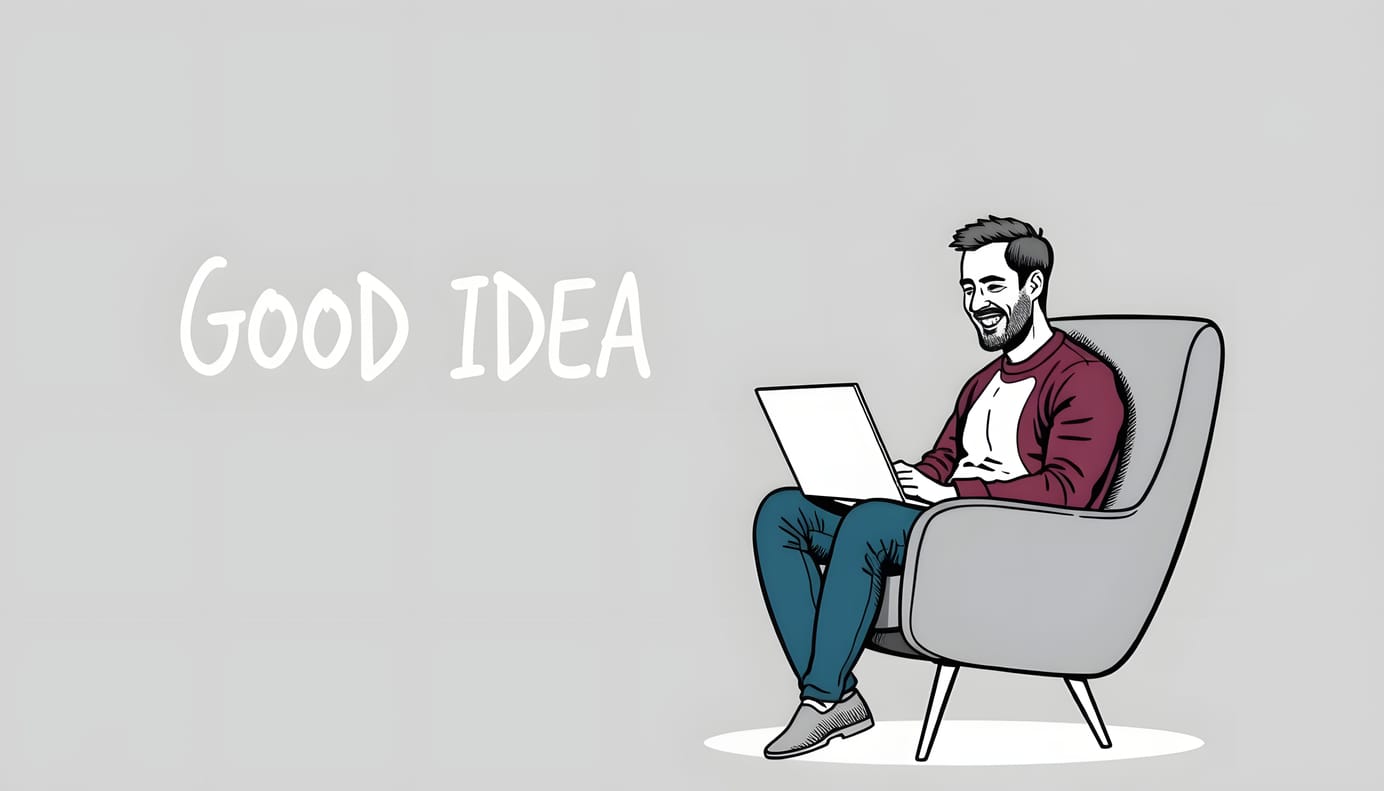Practical Money Strategies for Longevity

Summary: Welcome to Part 3 of The Financial Future of Retirement series—learn how to build a flexible, opportunity-rich retirement plan.
Welcome to the final installment in our series, The Financial Future of Retirement.
If Part 1 and Part 2 offered a wake-up call on why traditional retirement plans fall short and highlighted the global challenges shaping retirement security, Part 3 is all about YOU. It’s time to design a retirement plan that’s as unique as your life, with an emphasis on flexibility, purpose, and adaptability.
The new retirement is not about stepping away—it's about stepping into a dynamic, evolving phase of life.
Forget the old playbook of retiring at 65 and coasting on savings. With people living 30+ years in retirement, rising costs, and economic uncertainty, “one-and-done” financial plans won’t cut it anymore. Today, thriving in retirement requires ongoing participation, multiple income streams, adaptable spending, and strategic safety nets.
Below, we’ll walk step-by-step through the tools and strategies that will empower you to build a sustainable, fulfilling, and opportunity-rich retirement on your own terms.
- Part 1: The Great Retirement Lie
- Part 2: Rethinking Retirement Planning For a Nonlinear Life
- Part 3: Redefining Your Financial Future (You're Here)
Step 1: Redefine "Work." Retirement No Longer Means “Stop”
For many midlife professionals, retirement will look nothing like a permanent vacation but more like a series of evolving work-life chapters. Consider how stepping into and out of the workforce can sustain your finances—and your sense of purpose.
What motivates retirees to keep working? For many, financial gain isn’t the sole incentive. An innate need for purpose, personal development, and meaningful relationships frequently inspires older adults to prolong their careers or return to professional life.
This perspective transforms retirement from a fixed conclusion into a dynamic, transitional period. Rather than cessation, this stage represents a strategic redirection of energy.
From starting new business ventures and reigniting creative passions to offering expertise through advisory roles, post-career work maintains the same potential for satisfaction as traditional employment.
Why it works:
- Financial Security: Earning supplemental income keeps your savings intact longer.
- Mental Stimulation: Work keeps your brain active and provides valuable social interaction.
- Personal Fulfillment: Many retirees find meaning in continuing to contribute their skills.
How to apply this now:
- Try traditional routes like consulting or freelancing – Platforms like Upwork, Freelancer, or Toptal allow professionals to share expertise on flexible terms.
- Tap into the creator economy and become a creator
- Become a board advisor or non-exec
- Explore phased retirement or unretirement – Some companies offer transition programs or part-time arrangements to ease into or out of retirement gradually.
- Monetize your passion – Platforms like Etsy, Teachable, or Skillshare can help you turn a long-time hobby or expertise into income.
"Retirement isn’t about stopping work—it’s about working on your own terms."
Step 2: Keep Your Spending Flexible
Old-school retirement plans often assume you’ll withdraw the same amount every year, but real life isn’t that predictable. Expenses fluctuate depending on health, markets, and lifestyle choices.
The financial landscape of retirement can be unpredictable, with decades of costs to consider. Market downturns, economic cycles, or unforeseen health expenses mean rigid budgets may not always work.
That's why adopting a dynamic spending strategy—where you adjust withdrawals based on market conditions—creates a cushion against financial shocks. Spending more during economic upswings and dialing back during downturns can help protect long-term security.
To build greater flexibility into your financial plan, consider using tools like annuities or pooled pension plans to reduce exposure to market volatility.
The World Economic Forum (WEF) highlights strategies such as collective defined contribution (DC) schemes (UK, Netherlands) and hybrid pension plans (US/UK), which allow retirees to share risks and reduce the pressure of making drastic adjustments in turbulent times."
Dynamic spending tips:
- Adjust withdrawals based on market conditions–Spend more in lucrative years, spend less when markets decline to preserve assets.
- Keep an emergency cash buffer: Save 2-3 years’ worth of expenses in cash or highly liquid assets to avoid tapping into your investments during downturns.
- Regularly revisit your financial plan: Use tools like the Vanguard Nest Egg Calculator to test various withdrawal scenarios.
"The best financial plans aren't fixed—they’re designed to adapt to real life."
Step 3: Plan for Rising Healthcare Costs
Healthcare costs rank among the most significant threats to retirement stability, frequently derailing financial preparedness and creating unanticipated shortfalls during pivotal life stages.
Proactive, holistic financial planning is critical—leveraging a blend of solutions such as long-term care coverage, dedicated savings vehicles, and collaborative risk-pooling strategies can safeguard well-being while preserving post-career resources.
One of the biggest risks to retirement security is unexpected medical expenses. Many retirees underestimate just how much aging-related healthcare or long-term care (such as assisted living) will cost.
How to protect yourself:
- Research long-term care insurance early to lock in lower premiums before costs rise with age. Providers like Genworth and Nationwide offer policies that can help cover assisted living and nursing care, reducing financial strain.
- Build an emergency health fund – Setting aside cash reduces stress when life takes an unexpected turn.
- Explore hybrid insurance plans – For flexibility, consider life insurance plans with added long-term care benefits.
Why it matters:
Avoiding financial stress during a health crisis means you can focus on recovery rather than worrying about money.
"A solid retirement isn't just about what you earn—it’s about protecting what you’ve built from unforeseen challenges."
Step 4: Use Your Home as a Financial Resource
For many, their home is their most significant financial asset. With the right strategy, it can become a safety net—or even a source of income—in retirement.
Consider these options for unlocking home equity without sacrificing stability:
- Downsize: Moving to a smaller, more manageable property can free up significant funds.
- Reverse mortgages or equity release: Access funds now while staying in your home (though be cautious about long-term trade-offs).
- Renting out part of your home: From Airbnb to long-term tenants, renting can generate passive income with minimal effort.
Pro Tip: Use tools like Zillow (US) or Rightmove (UK) to assess current property values and explore options.
"Your home can do more than house you—it can safeguard your financial future."
While tapping into home equity can provide you with valuable financial breathing room, remember that it's just one piece of a broader, flexible financial strategy.
A resilient financial plan isn't just built on a single asset–you'll need to make ongoing adjustments to align with shifting priorities and unexpected challenges.
Step 5: Treat Financial Planning as a Life-Long Process
Retirement planning is no longer a one-time calculation; it’s an ongoing exercise in adaptability. Your circumstances, the economy, and your goals will change—and your financial plan must evolve with them.
How to stay on track:
- Annual self-check-ins–Bookmark a day each year and a morning each quarter to review your financial plan and adjust for any changes.
- Stay informed: Follow trusted financial experts specializing in longevity, or read books like The 100-Year Life to stay ahead of trends.
- Leverage digital tools: Use apps like Personal Capital or YNAB to monitor your investments, track your spending, and project future scenarios.
"The most resilient retirement strategy evolves as your life changes—not just your age."
Final Takeaways: The Evolving Retirement Landscape
Retirement is no longer about withdrawing from life—it’s about entering a new chapter with freedom, purpose, and financial stability.
The traditional "one-size-fits-all" approach has become outdated as people live longer, follow unique career trajectories, and adapt to an unpredictable financial environment.
Here’s how the modern retirement model shapes up:
Rethink the idea of a set retirement age
Retirement isn’t a one-time milestone but a flexible and ongoing process. Options like phased retirement, consulting, entrepreneurship, or portfolio careers allow you to work on your terms, combining financial stability with personal satisfaction.
Embed flexibility into your financial plan
Financial plans that are too rigid can falter in the face of market fluctuations, unforeseen expenses, or rising healthcare costs. Adopting a dynamic spending approach, supported by safety nets like annuities, group pension plans, and diverse income sources, ensures a more secure future.
Combine flexibility with diverse income streams
Diversification isn’t just for investments—it’s a critical part of your retirement strategy. Generating income through avenues like rental properties, consulting, part-time gigs, or digital platforms minimizes dependency on savings alone.
Prioritize protecting your assets
Healthcare and long-term care expenses are some of the biggest risks retirees face. Proactively planning through insurance, building dedicated savings, and staying informed about available policy options helps shield your resources from unexpected costs.
Make financial planning a lifelong habit
Securing your finances in retirement isn’t a one-and-done calculation—it’s an ongoing process. Regularly revisiting your strategy, leveraging digital tools, and keeping up with policy changes allow you to adapt your plans as life evolves.
Retirement isn’t a conclusion—it’s a dynamic, opportunity-filled chapter that invites a fresh perspective. Move away from outdated retirement plans and create a financial future tailored to the life you envision.
How are you building a retirement plan that fits your lifestyle? Share your tips and subscribe for weekly insights on thriving in midlife and beyond.






